Iron for vegans and plant-based eaters: should we be worried?
Iron is a common concern of well-meaning friends and relatives, upon learning that a loved one is going vegan or committing to eating more plants (and fewer animals). Since most people still think of meat as the source of the most abundant and easiest to absorb iron, isn’t forgoing animal products putting you at risk for iron deficiency? Unfortunately, many medical professionals contribute to spreading this outdated belief, despite ample scientific evidence to the contrary.
As someone who decides what’s for dinner for other people, I see it as my responsibility to stay informed on the topic of iron for vegans, and share my views and sources of information. Spoiler alert: it’s not a big deal for most people, which doesn’t mean we shouldn’t be paying attention to this critical mineral when planning our meals.
NOTICE: I am an educator, meal planner, and sociologist, not a medical professional. I am educated on the topic of nutrition and trained at critically assessing sources of information, including peer-reviewed publications. This article constitutes my opinion on the topic of nutritional iron. I encourage you to engage with other legitimate sources of information, including the many listed or linked here. If you have health concerns relative to iron deficiency and/or anemia symptoms, please consult with a plant-friendly medical professional or registered dietitian.
Jump straight to the topics you are curious about
Why does iron even matter?
In simplified terms, iron is essential to the production of red blood cells, which transport oxygen to our muscles, and to a number of other critical functions in our bodies. There are three main ways we can end up lacking in iron:
- consuming too little iron in our food,
- not absorbing iron properly,
- or losing blood cells faster than we are making them (e.g., by bleeding).
Anemia happens when we have too little hemoglobin (the protein that transports oxygen) in our body. Hemoglobin can be measured from just a few drops of blood, something a nurse will do in seconds by pricking your finger if you want to give blood, for example.
Some typical symptoms of anemia include fatigue, weakness, paleness, and shortness of breath. Anemia is very common world-wide, affecting perhaps up to a third of the population, but much less prevalent in developed countries. A bit over 5 percent of Americans are thought to meet the clinical criteria for anemia. Women, non-Whites, and elders are at higher risk. Anemia in infants and children is a very serious problem that can negatively impact growth and cognitive development. It impacts poor people and those living with discrimination most tragically by creating a poverty trap: poor diet leads to anemia, which leads to difficulty working or learning in school, which further reduces one’s odds of getting out of poverty.
Most healthy people’s bodies are excellent at regulating iron. When we don’t have much, more will be absorbed from what we eat. When we have more than enough, the extra may get stored as ferritin. If one suddenly faces a shortage of food (or of dietary iron), or blood loss (e.g., menstruation), the body will draw from its stores to continue functioning normally.
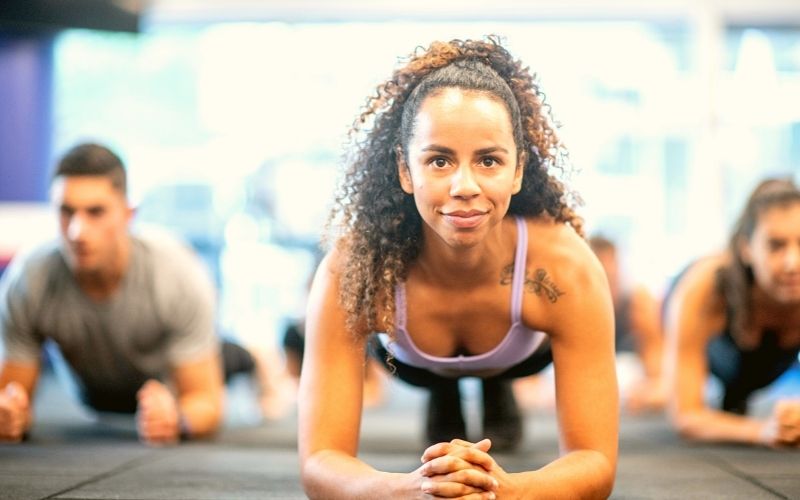
Heme vs. non-heme iron: what’s the difference?
The root word “heme” means “blood.” “Heme iron” is basically the hemoglobin of animals. Animals’ muscles, organs like the liver, and, of course, blood sausage (a.k.a. black pudding) are sources of heme iron. “Non-heme iron” is, well, everything else.
Most of the animals humans consume (pigs, cows, chickens) are fed a plant-based diet, so the iron in meat comes from plants.
Heme iron is more readily absorbed by our bodies, and leads to higher ferritin levels. This may be a good thing if one’s ferritin is extremely low, or if faced with periods of famine and deficient nutrition. However, in developed countries where overnutrition is a greater problem, “Consumption of heme iron has been associated with an increased risk of chronic diseases such as diabetes, metabolic syndrome, and colorectal cancer” (Craig. et al., 2021).
Is vegan iron deficiency a thing?
The term “iron deficiency” is often used as shorthand for “low ferritin,” which may or may not be accompanied by symptoms of anemia. In fact, what low ferritin indicates is “iron deficiency risk.” Considering that the average American consumes more than 200 pounds of meat per year, average ferritin numbers tend to run high, and the lower ferritin of many herbivores may concern some health professionals – even if they are not outside of normal range.
Such concerns are not founded. In their authoritative 2021 Nutrients paper “The Safe and Effective Use of Plant-Based Diets with Guidelines for Health Professionals,” Craig and colleagues summarize the scientific literature:
(…) vegetarians who eat a varied and well-balanced diet do not appear to be at any greater risk of iron-deficiency anemia than omnivores. Hemoglobin levels of the two dietary groups normally show no significant differences. Additional studies of iron deficiency in vegetarians are needed before definitive conclusions can be reached. A varied diet that is rich in wholegrains, legumes, nuts, seeds, dried fruits, iron-fortified cereal products, and green leafy vegetables provides an adequate iron intake. Vegetarian diets generally contain as much or more iron than omnivore diets. (Craig et al., 2021)
(The authors use the word “vegetarian” here, but note the absence of eggs and dairy from the list of foods to consume.)
A systematic review of the evidence specific to vegans supports this:
Vegan diets are not related to deficiencies in vitamins A, B1, Β6, C, E, iron, phosphorus, magnesium, copper and folate and have a low glycemic load. (Bakaloudi et al., 2021)
In case of a famine or soy bean shortage, it is true that vegans may be at greater risk of iron deficiency. I don’t want to downplay that concern, since climate extremes will likely disrupt agriculture over the coming decades.
However, given steady access to whole grains and legumes, plant-based eaters will be all right.
Should vegans get their iron tested?
Some health professionals and influencers suggest that healthy plant-based eaters get their blood levels of various nutrients, including iron, tested on a yearly basis as a precaution. I personally refuse to get blood drawn for tests that are not medically required, except perhaps for research purposes.
If one is experiencing any kind of concerning health issue, such as symptoms of anemia, that do not promptly resolve with lifestyle improvements (diet, exercise, sleep, and stress management), then of course further investigation is warranted. This assumes that vitamin B12 is adequately supplemented, something every person with a plant-predominant diet should do (not just vegans).
This being said, I always get a nudge of reassurance when I donate blood twice per year and the nurse announces that my hemoglobin is at a very healthy level. “Not bad for a vegan,” I like to say, but the nurse never even bats an eye. I bet it’s not the first time she’s heard it.
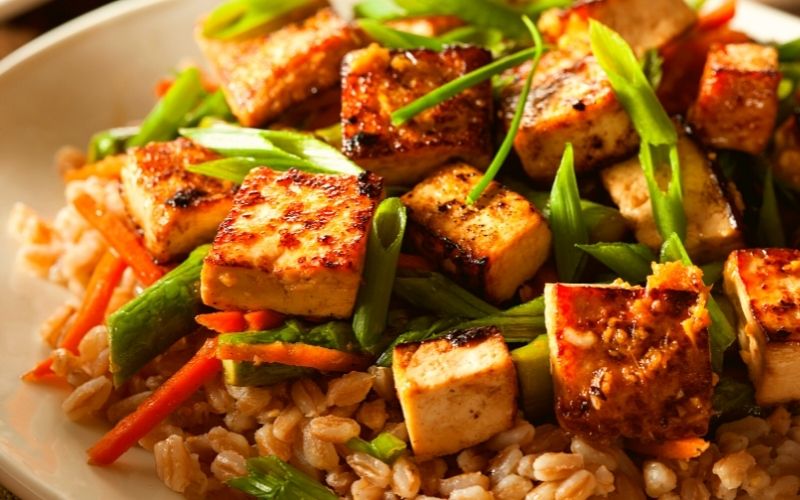
How to ensure a steady supply of iron for vegans: cook iron-rich foods!
As noted in the plant-based dietary guidelines cited above (Craig et al., 2021), a varied plant-based diet rich in whole foods has all the iron we need. Even better, when we are running a little low, our bodies will absorb more.
Because people who are menstruating and growing infants and children need a greater supply of daily iron (a recommended 18 mg per day, compared to adult men’s 8 mg per day), it is still important to pay attention to sources of iron and make sure they are present at every meal.
My favorites iron-rich plant foods are:
- soybeans (like edamame, at 4 mg per cup) and tofu (like firm tofu, at 3 mg per 1/2 cup serving – perfect in Friday’s coco-peanut noodles)
- other beans and lentils (like black beans and chickpeas, at 5 mg per cooked cup, always a must in soups)
- whole grains (including oats, at 3 mg per dry cup)
- vegetables high in iron like asparagus (4.4 mg per cup) and dark leafy greens (including kale, at 0.3 mg per cup)
- seeds (like chia seeds, at 3 mg per 1/4 cup serving, fantastic mixed in overnight oats)
- dried fruit (like raisins, at 4 mg per cup, great topping on top of satisfying salads)
- blackstrap molasses (once you get used to it, you’ll like it better than maple syrup, and it has 7 mg per 2 tablespoons! I love it on waffles.)
All those foods are foods you should be eating anyway, and I make sure to feature them all in my Vegan Meal Plans. If you fill your plate with those plant foods every day, you will have plenty of incoming iron… and many more nutrients, too!
Enhancing absorption of iron for vegans (and everyone else!)
I gathered the best tips for enhancing iron absorption in Reshma Shah and Brenda Davis’ book Nourish: The Definitive Plant-Based Nutrition Guide for Families. Here are some easy ways to help our bodies absorb the iron in our food:
Serve iron-rich foods with vitamin C: Deglaze your soup pots and stir-fry skillets with lemon or lime juice.
Eat soy: The ferritin from soy is one of the most easily absorbed source of iron.
Soak your beans and lentils: The phytates in legumes inhibit iron absorption, but they are reduced by sprouting, soaking, cooking, fermenting, and leavening.
Avoid dairy: Consuming calcium-rich dairy at the same time as iron-rich foods can inhibit the absorption of iron.
Drink tea between (not during) meals: The polyphenolic compounds in tea, chocolate, spinach, and some other foods inhibit iron absorption.
Don’t ignore vegan anemia symptoms!
This isn’t medical advice, but motherly common sense: if you are feeling fatigue and other signs of anemia, you may need to assess the basic pillars of your lifestyle:
- eating a sufficient, balanced, diverse diet,
- getting enough moderate exercise,
- sleeping enough,
- and managing your stress,
- in addition to taking a sufficient and regular B12 supplement.
If addressing the above does not promptly resolve your symptoms, please get medical attention. Healthy plant-based diets are beneficial for our health, but they aren’t a cloak of immortality, so don’t ignore messages from your body.
What about cooking in cast-iron or using an iron fish?
Cooking in cast-iron cookware (or using a “lucky iron fish“) may marginally improve the amount of iron in your food, especially if cooking with acidic foods rich in vitamin C. It is also safe to do. Just don’t count on it to make a big difference in your iron intake, especially if your skillet is well seasoned.
Iron for vegan athletes
There are special consideration for plant-based athletes, especially women, regarding iron, including the risk of suffering from runner’s anemia due to the destruction of red blood cells when hitting the pavement at speed. Even those in low-impact sports should make sure to learn more. This is an excellent article by Pamela Fergusson, registered dietitian, on the No Meat Athlete web site: Iron for the Vegan Female Athlete: A Primer. (Men should read it too.)
Special considerations when transitioning to plant-based eating
Something I have heard often in plant-friendly medical circles, but have never traced to an actual peer-reviewed study, is that people who transition to a 100% plant-based diet overnight may find themselves feeling more fatigued than people who transition progressively. One tentative theory seems to be that, because their body was used to getting a high supply of some easily-absorbable nutrients (like heme iron), their cells might struggle at first to adapt to absorb the nutrients in their plant package.
For this reason, and because people who transition to vegan overnight have a lesser chance of sticking with their new diet over the long term, I always recommend a progressive transition. Instead of quitting meat, eggs, and dairy “cold tofu,” try increasing the share of plant foods on your plate over a few weeks or a few months. If you are transitioning overnight under urgent admonishment from a medical professional, make sure you get all the support you need during the process.
Further reading about iron for vegans and nutrition in general
Craig, W. J., Mangels, A. R., Fresán, U., Marsh, K., Miles, F. L., Saunders, A. V., Haddad, E. H., Heskey, C. E., Johnston, P., Larson-Meyer, E., & Orlich, M. (2021). The Safe and Effective Use of Plant-Based Diets with Guidelines for Health Professionals. Nutrients, 13(11), 4144. https://doi.org/10.3390/nu13114144
Davis, B. & Melana, V. (2014). Becoming Vegan: Comprehensive Edition. (The express edition is great too!)
Shah, R. & Davis, B. (2020). Nourish: The Definitive Plant-Based Nutrition Guide for Families.
How to cook to boost iron and make the most of your plant-based foods
Consider registering for my Plant-based Nutrition Hacks workshop, featuring my best cooking tips to enhance your nutrition on a plant-based diet. More information here: Plant-based Nutrition Hacks Workshop.

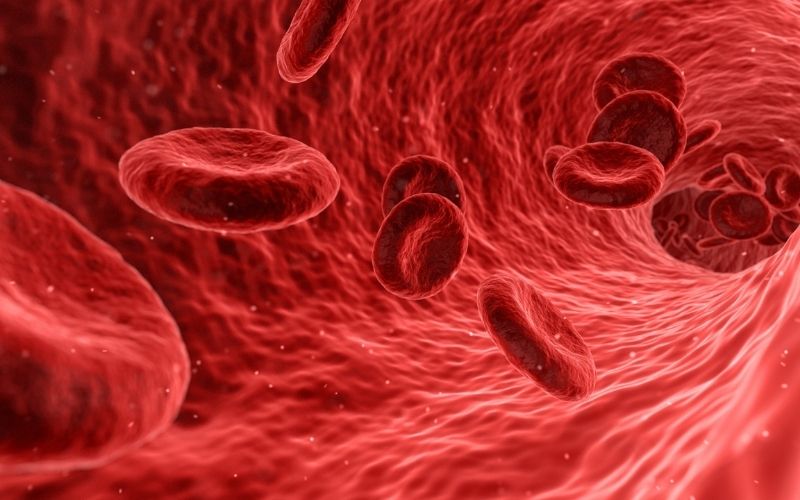
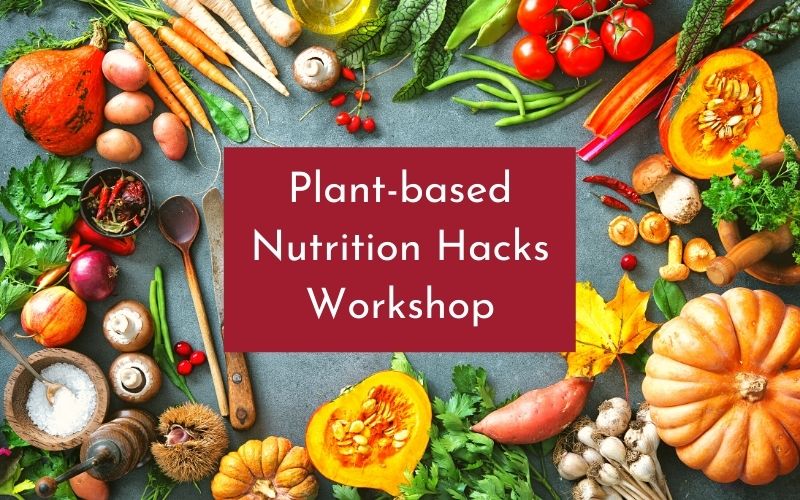
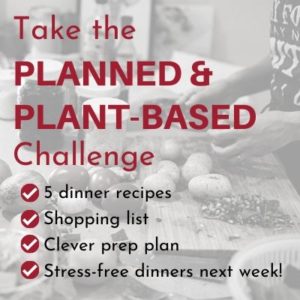
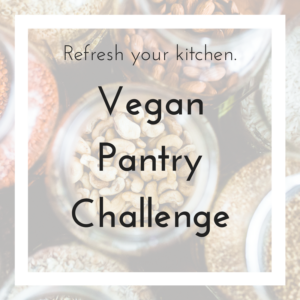
is it really 0.3 mg/cup for kale? in which case, it is not a particularly interesting source of iron?!
It is not a huge source, no, but has a ton of vitamin C to help with absorption. 🙂 Also if cooked it would end up being just a few bites.
Iron tabs have caused diarrhea in me, and the lowest dose of iron tabs I’ve seen is 18 mg, much more than needed for men. I also took a vitamin c at the same time.
I wonder if just taking a vitamin c would be sufficient, since I eat plenty of greens, whole grains, tempeh and seeds each day.
I am sorry to hear about your iron tab troubles, Kevin! Were you taking iron supplements because you were actually feeling anemic? Or just to make sure you were getting enough?
I just have felt tired after taking a brisk walk for about 30 minutes. I feel tired at other times as well but all the tiredness probably is at least partly caused by the 3 anticonvulsant medications I have to take each day.
I didn’t feel that way after walking while taking that iron but you have to be careful about taking iron tabs since it’s easy to take too much. My system seems to be somewhat delicate so I have to take the lowest dose. Perhaps having a vegan diet for several years as well as taking medications (I’ve had epilepsy all my life) takes it’s toll on you.
Epilepsy is no party, I am sorry that you are living with that. There are lots of types of iron supplements out there, I would recommend discussing the issue with your health care provider to see if iron deficiency is the problem, and find a form of supplementation that works for you – in addition to all the nutrition sources you can get of course!